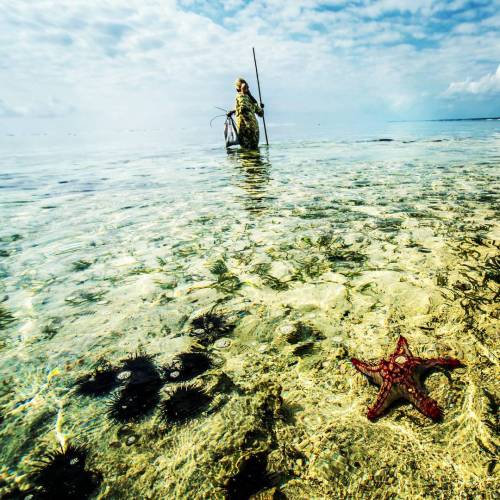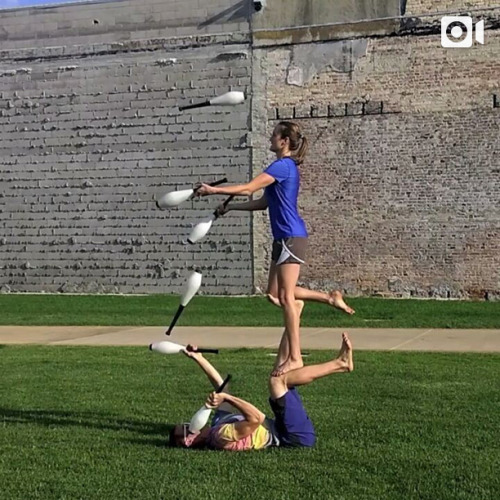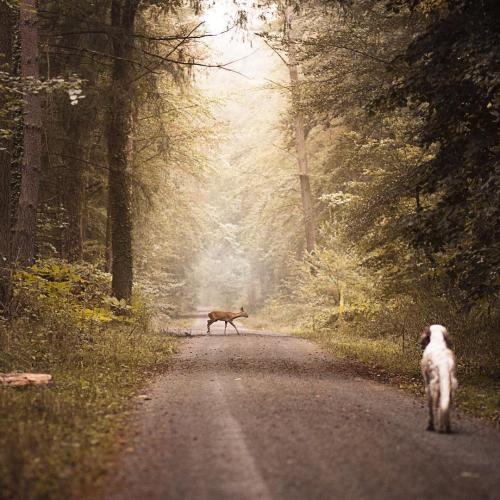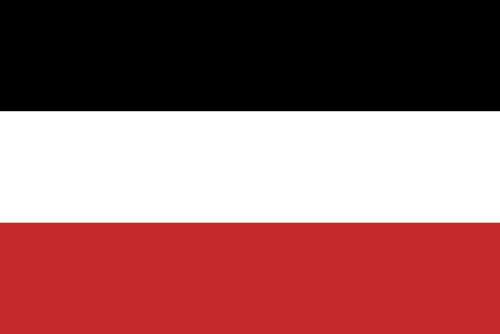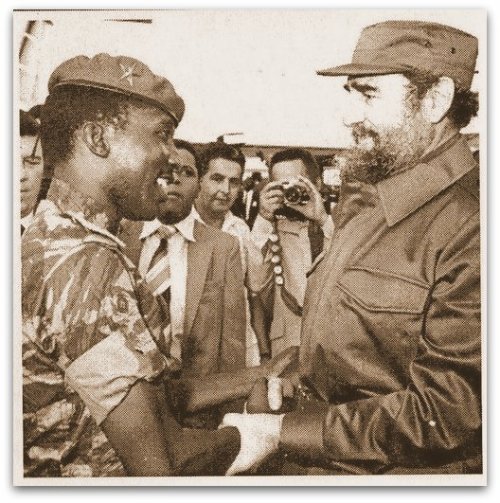#burkina faso
The Week on Instagram | 256
News
- Fast Company:Instagram’s New Offices Are Ready For Their Close-Up
- Teen Vogue:Joanne the Scammer, the Try Guys, and More Instagram the Streamy Awards
- BuzzFeed:10 Incredibly Inspiring LGBT Instagrammers You Should Be Following
Get Involved
- Weekend Hashtag Project: #WHPseeingdouble. View photos from the last project, #WHPlocallegends.
Around the Community
- Meet the Artist Who Pairs Celebrities with Sandwiches
- Today, Instagram Celebrates Birthday Number Six
- Exploring the Beauty and Struggle of Flint with Zackary Canepari
Post link

Firstly why is this a discussion? Because the demand for organic and preferred cotton is growing; ensuring support for non-GM sustainable alternatives will give farmers a choice and protect their ability to have market access.
According to a new Textile Exchange Pan-Africa Sourcing Working Group white paper,
“Cotton in Africa: Sustainability at a Crossroads,”
an increasing number of countries in…
AFRICAN COTTON – HOW THIS CROP IS KEY TO YOUR AFRICAN FASHION BUSINESS

Cotton expert Tobias Meier shares in my latest youtube video about an amazing cotton project happening in Burkina Faso and highlights how cotton grown and processed locally positively affects the cotton farmers, the economy, through to your own fashion business. He also shares about an amazing cotton tee shirt project launching from this too of which we are supporting. Do get in touch for more…
Pierre Rabhi et Thomas Sankara…





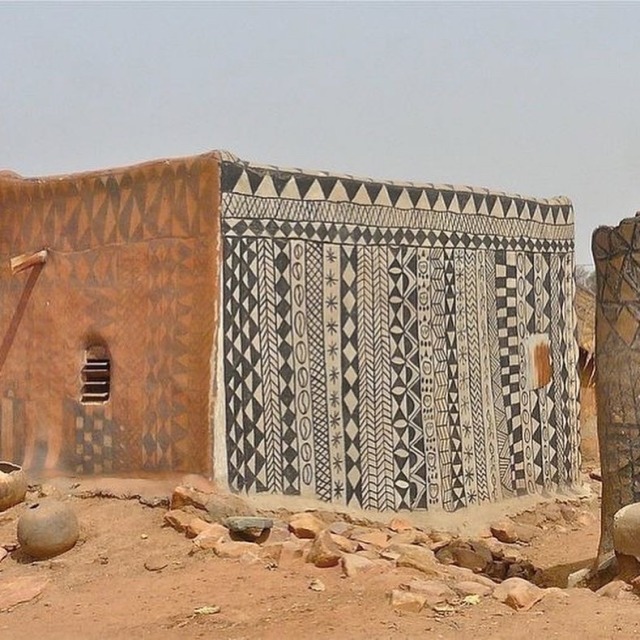
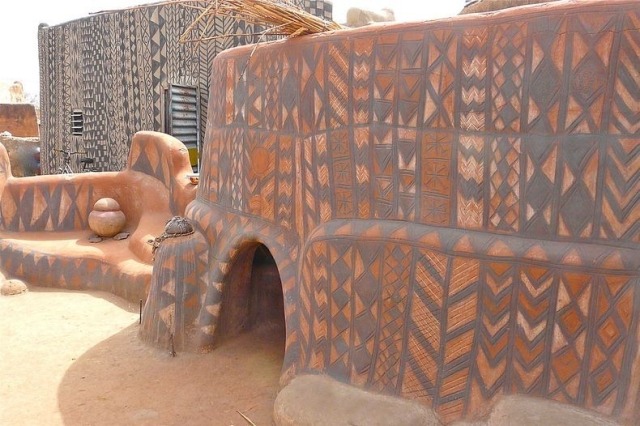

Decorated Mud Houses of Tiébélé, Burkina Faso
Upper Volta, 1958-1984
The Republic of Upper Volta was established on December 11, 1958, as a self-governing colony within the French Community. The country was located in West Africa, between Mali, Niger, Benin, Togo, Ghana and Côte d'Ivoire.
Though the flag looks just like that of the German Empire it has nothing to do with it. The Volta, that gave the country its name is a river that is divided into three parts: the Black Volta, White Volta, and Red Volta, which form the colors of the national flag corresponding to parts of the river.
After a military coup d'état in 1983 the country changed its name on August 4, 1984, from the Upper Volta to Burkina Faso, which means “Land of Incorruptible People”.
Post link
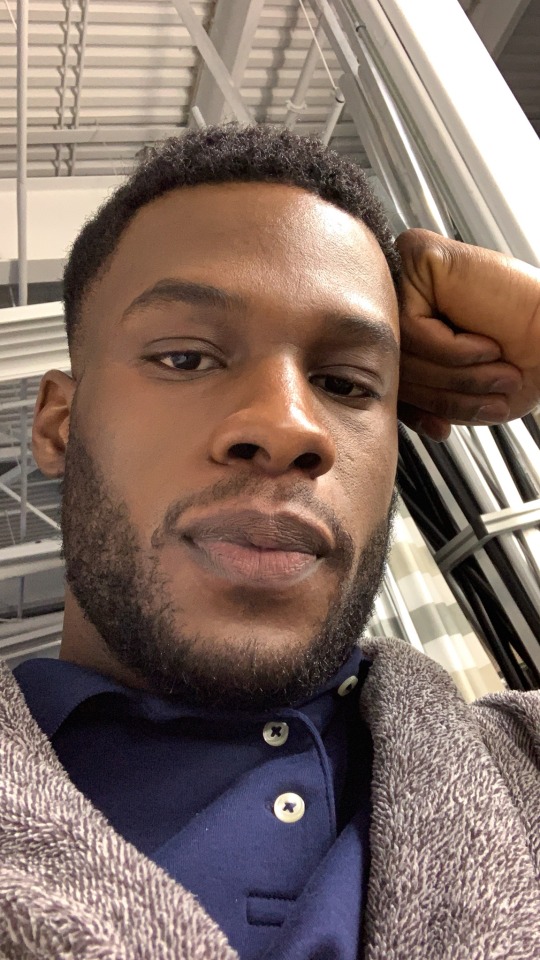
IG yug0h
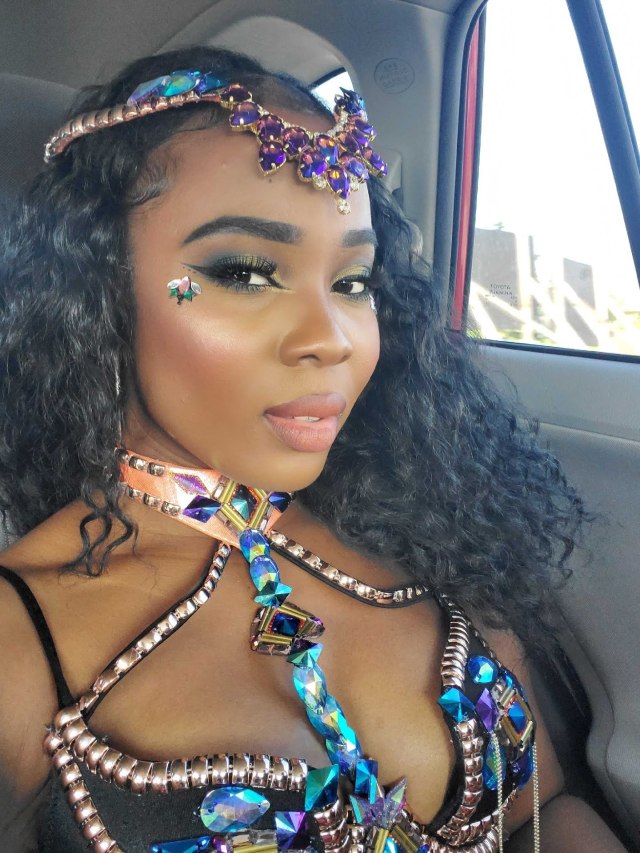
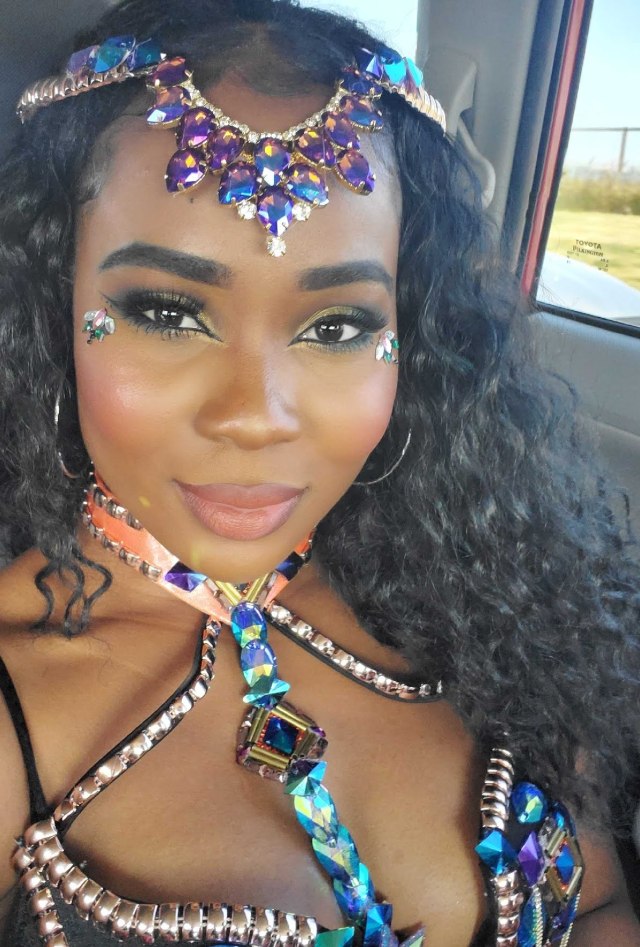
Ig: ennaezaa
Born St.Vincent
Ancestry West African
This is the third and last edition of Overland Trip I Want To Take- explaining theoretical road trips that I’ve recently planned out. The series was inspired by a trip I’m currently planning, but generally I always fantasize about crazy journeys while I have free time. Hopefully in the next few years I’ll take one or more of these and then be able to post about the actual trip!
You can find the other two tours here:
Part 1 (South America)
Part 2 (Eastern Europe)
Western Africa
If I had a choice (and all the money and all the time and guaranteed safety) this is the tour that I would take. West Africa is one of the few parts of the world left for me to explore and so I’m eager to learn about it, see its people, experience its culture, and visit its sites. That said, there are a few reasons why I haven’t made the trip and why it might be hard to do. These reasons are: language, safety, and cost/time.
- Language: Most countries in West Africa are French + local language speaking. I don’t speak French. What actually bothers me with French is that I can understand so much of it because I speak (conversationally) Spanish and Italian. So when I hear French I have a natural impulse to listen to try to figure it out. Usually though, I can’t, and that is frustrating. This would be easy to overcome by having a French-speaking travel companion. I’ll keep it in mind.
- Safety:Though I generally think I travel smart and am thus not too worried about security threats, this is a bit of a volatile part of the world, I don’t have too many contacts there, and again, not knowing the language adds another risk.
- Cost / Time: I put these two together because they’re very dependent on one another- the longer you travel, the more it costs. Traveling overland in West Africa takes a long time because of inefficient roads, lots of borders, and also because cities are so close, the buses stop more often. The itinerary below would take, I imagine, a couple months. Furthermore, though food and hotels generally aren’t too expensive (7 West African countries are on the list of 20 poorest in the world), there is one big expense: visas. Each of the 15 countries in the circular tour below require a visa, with an average cost between them at more than $100- it’s close to $2000! Furthermore, these aren’t visas on arrival- these are visas where you have to go to an embassy beforehand and apply, have a waiting period, etc. Because many of these are small and generally poor nations, there aren’t many embassies around. The best process would be to start in one of the bigger nations in the region (i.e Senegal, Ghana, or Nigeria) and apply from there.
All of this together makes the trip a little bit of a tough sell. Splitting it up into two or three trips would probably make more sense. Either way, it would be important to start somewhere for a couple weeks where you could apply for the other visas, have the money and time to endure all the waiting and bureaucracy, and likely have a French speaker. Because of this, I’ve cut the itinerary up into three parts (red, yellow, and pink) and added the blue as ways they could, theoretically be combined.

Lagos to Abidjan
This would be the easiest section for me to do as English is widely spoken in both Ghana and Nigeria, most of these countries are rather safe, and the road connections are quite straight-forward. The trip could start in Lagos, Nigeria- Sub-Saharan Africa’s largest and one of the fastest growing cities. Nigeria, thanks to oil, has been quickly developing in the recent past, and is now seen as one of the main centers for business in Africa. The route from Lagos to the next locations, the two narrow countries of Togo and Benin, would be quick, only a few hours between each main point all the way to Accra, Ghana. Ghana is the country in West Africa I most want to visit, as I have many friends from high school there and it is famous for its old British colonial forts and a wonderfully preserved jungle. The final jaunt on this section would be a half day trip from Ghana to the Ivory Coast (or Cote d'Ivoire) and its fascinating capital- Abidjan. The second largest city in West Africa, Abidjan has an interesting developmental history as it has somewhat shrunk from past economic and political heights in the past 20 or so years. Supposedly it still holds the charm of a once regional center that is trying to fight its way back.
Monrovia to Dakar
This route would likely be easier (visa wise) starting in Dakar. Either way, this will be a complicated path as the countries here are more of the unknown and tense ones in the region / world. Though Liberia and Sierra Leone both being English-speaking may be useful, they both have long and somewhat recent histories of violence. In many ways this actually makes the nations safer, as disarmament has taken place and people are trying to get over their painful past. Liberia would be great to see as it was actually founded by freed black slave from the USA and it’s capital, Monrovia is named after James Monroe. Moving up North would be the two Guineas: Guinea and Guinea-Bissau. Guinea supposedly has next to no transport infrastructure, so that could a be a harrowing journey trying to navigate through the rather large and diverse nation, but hopefully there would be a way to have some experiences there and then make it to Guinea-Bissau, one of the few Portuguese-speaking countries in Africa (the others being Angola, Mozambique, Sao Tome and Principe, and Cape Verde). The final stretch would be through the tiny nation of Gambia, another English speaking nation, and then on to Dakar, Senegal. Along with Accra, Dakar is the city I most want to see in West Africa, one Christmas a Senegalese friend of mine from boarding school came to spend the holidays with my family, she cooked one night and if what she made then was any indication of what I’d eat in Dakar, I’d go just for the food! Another incentive is that one of my advisors from university works heavily in Senegal and so I’m sure I could talk to some inspiring individuals there.
Nouakchott to Niamey
This part of the trip is really exciting to me because it is through the land that combines French West Africa with the Arab North Africa, though in a much more “untouched” way than people might think of in Morocco, for example. Being a desert region also remind me of my current home, Abu Dhabi, and so it could be eye-opening to see how others (less gaudy than the Gulfis) live in this harsh terrain. Though some might find this section crazy because of the three insanely long (24-50hr) bus rides that would be required, anyone who has read this blog for a while knows my strange obsession with long bus rides, especially in Africa. In fact, the buses might be the highlight of the trip, as much of the things to do in these countries is admire the landscape. The first bus from Nouakchott, Mauritania to Bamako would be the longest, with stories of 2-3 days including breakdowns… From Bamako, Mali it would be great to go up and visit Timbuktu, but currently rebel factions have a hold of it and travel in the North is not advised- hopefully that would change. The next two buses, from Bamako to Ouagadougou (pronounced Waa-gaa-doo-goo) and then onward to Niamey, Niger, would entirely cross Burkina Faso- going from the lush Volta region, through to the Arid west. The final stop, Niamey, is a low lying desert city with a nice river that (along with the mosques) are the main point of interaction. Though the cities along the way may be less than stellar, I think this section would be full of things to learn and reflect on: the identity of Islam in Africa, political economy of landlocked nations, and lots of introspection on those long rides.
So there you have it! A crazy tour through West Africa. If anyone wants to fund it (trip cost + salary deduction for missed time), speaks French, and is a good companion- let me know!
Bonus Trip: In each of the three parts, I’ve included a bonus trip that I haven’t thought through very much at all, but would still like to take. Todays bonus is- The Caucuses and Central Asia. This would be a two part, really requiring a flight in the middle, but a nice jaunt around Azerbaijan, Georgia, and Armenia and then a trip through a few of the stans: Uzbekistan, Tajikistan, Turkmenistan (the three most prominently on my list) would be really mind blowing since I hardly know ANYTHING about the culture in any of these locations.
Sankara and Castro.
Thomas Sankara (Marxist revolutionary, Pan-Africanist theorist and President of Burkina Faso from 1983-87)
Post link
Femmes Voitures VillasArgent (F.V.V.A.), a 1972 film from Burkina Faso directed and written by Moustapha Alassane.
The film won the Prize OCAM at FESPACO - Panafrican Film and Television Festival of Ouagadougo, Burkina Faso that same year.
Post link

Following the three attacks that took place in Brussels, yesterday morning (Tuesday, March 22), and which are reported to have taken 30 lives, the people of Belgium have received massive support coming from all over the world. Some even likened the case to that of Paris (November 13, 2015). Thereafter, diverse sympathetic and reassuring articles, images and videos, have emerged on social media.
I – as a human being – condemn such barbaric and politically-motivated terrorist acts. But, Je suis Bruxelles or Je suis Paris? Well, regardless of my belongings; of where I am from and who I might be, I am neither Brussels nor Paris. Why? Because before it had occurred in Paris or Brussels, let us not forget the fact that it had actually occurred somewhere in the world. Both of Paris and Brussels belong to the world before they belong to France and Belgium. Let us not forget that those who died in Paris and Brussels where actually human beings before they ever were French or Belgian. And also, numerous other countries have known such acts. Therefore, and more importantly, terrorism is an act against humanity more than it is an act against a specific country, ethnicity religion or ideology.
Since Paris, there have been literally hundreds of terrorist attacks around the world, but sadly many of them have gone unnoticed.
Bamako, Mali (November 20, 2015): 20 dead.
A group of al-Qaeda-linked militants took 170 people hostage, ultimately killing 20, during a mass shooting at a Radisson Blu hotel in Bamako.
Tunis, Tunisia (November 24, 2015): 13 dead.
A bus loaded with Tunisian presidential guards was struck by a suicide bomber linked to the so-called Islamic State. The lone bomber killed 13 people.
Istanbul, Turkey (January 12, 2016): 13 dead.
A suicide bombing in a popular central square in Istanbul, Turkey’s largest city, left 13 people dead and 14 people injured.
Jakarta, Indonesia (January 14, 2016): 8 dead.
A series of suicide bombings and shootings in Indonesia’s capital left eight people dead, including four assailants. Another 24 people were wounded.
Ouagadougou, Burkina Faso (January 15, 2016): at least 30 dead.
A group of al-Qaeda backed militants attacked the Splendid Hotel in Ouagadougou. At least 30 people were killed, and another 56 were wounded.
Ankara, Turkey (February 17, 2016): At least 29 dead.
At least 29 people were killed and another 60 people were injured. The attack was carried out by a car bomb
Mogadishu, Somalia (February 25, 2016): At least 15 dead.
After a suicide bomber detonated a bomb at the gate of the SYL hotel, at least 15 people and left others wounded.
Ankara, Turkey (March 13, 2016): 37 dead.
A second attack in Ankara this year saw the deaths of 37 people and another 127 people injured.
Istanbul, Turkey (March 19, 2016): At least 4 dead.
At least four people were killed by a suicide bomber, another 36 people were wounded by the attack on Istanbul’s main shopping street.
But why does a Western life matter more than any other one does? The world does not only revolve around the West, does it? Is Islam to blame?
As mentioned before, between the two tragedies (those of Paris and Brussels), Muslim-majority countries such as Tunisia, Mali, Egypt, Turkey and doubtlessly Syria & Iraq also suffered from such deadly ‘Islamic’ acts.
Either before or after the two tragedies, of which ISIS claimed full responsibility, Muslims have always been ISIS’ closest and main target. Especially those in Syria whom, if not affected by terrorism itself, they are being affected by 'the war against terrorism’.
According to the Syrian Centre for Policy Research, 470,000 have been killed during the time period between 15 March 2011 and 11 February 2016.


Terrorism is an act against humanity more than it is an act against a specific country, ethnicity religion or ideology.

